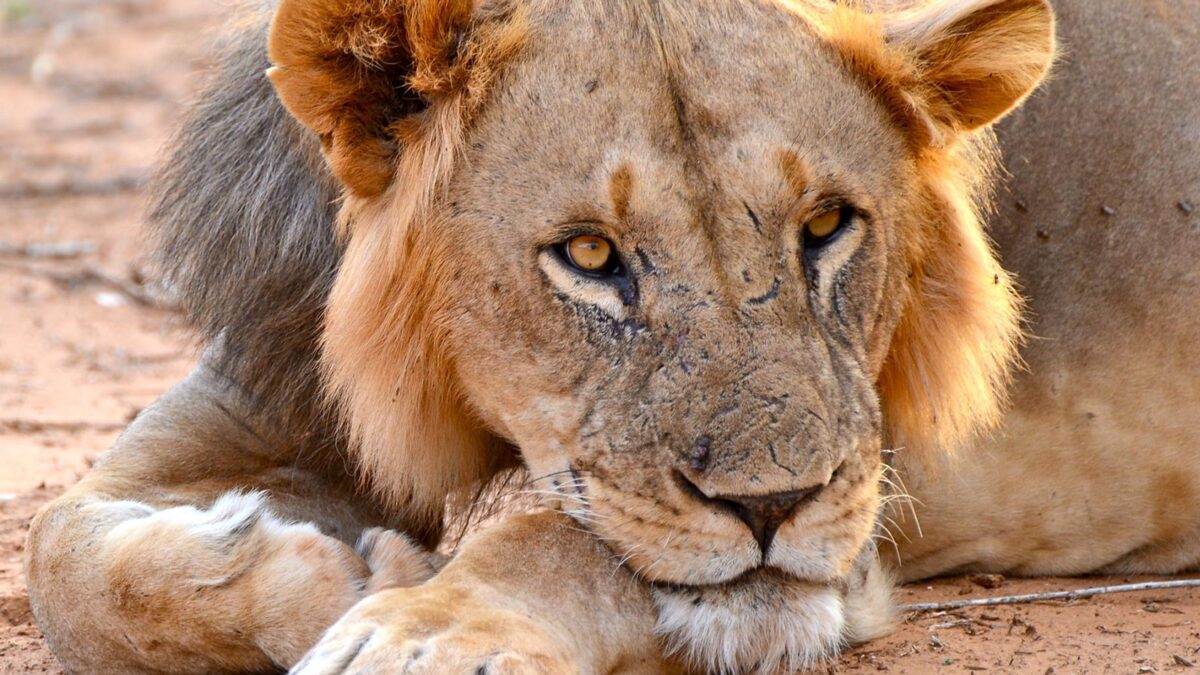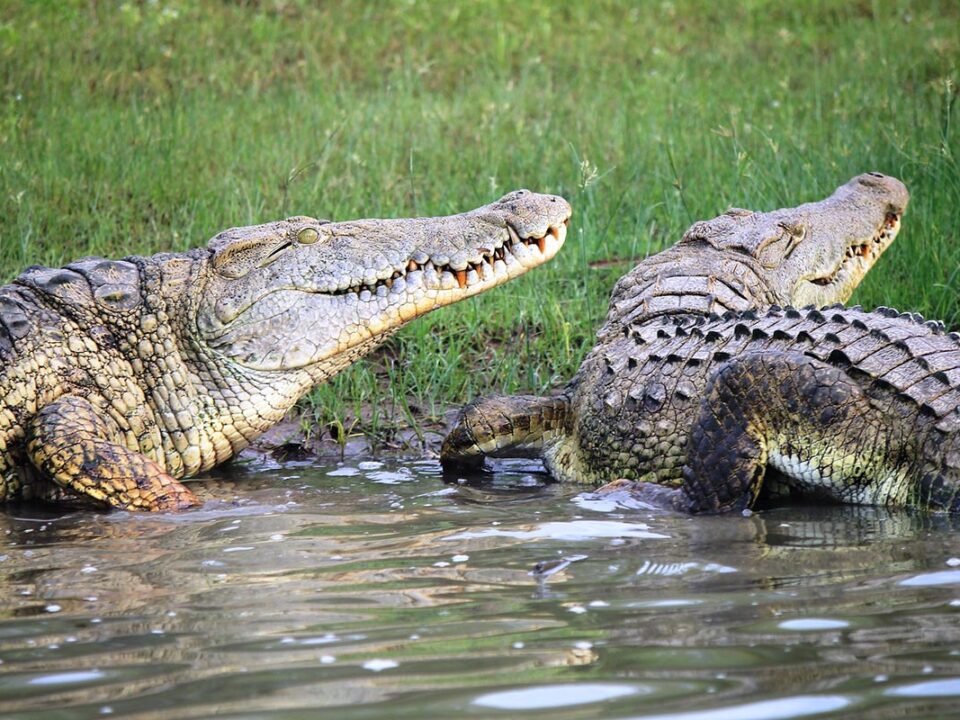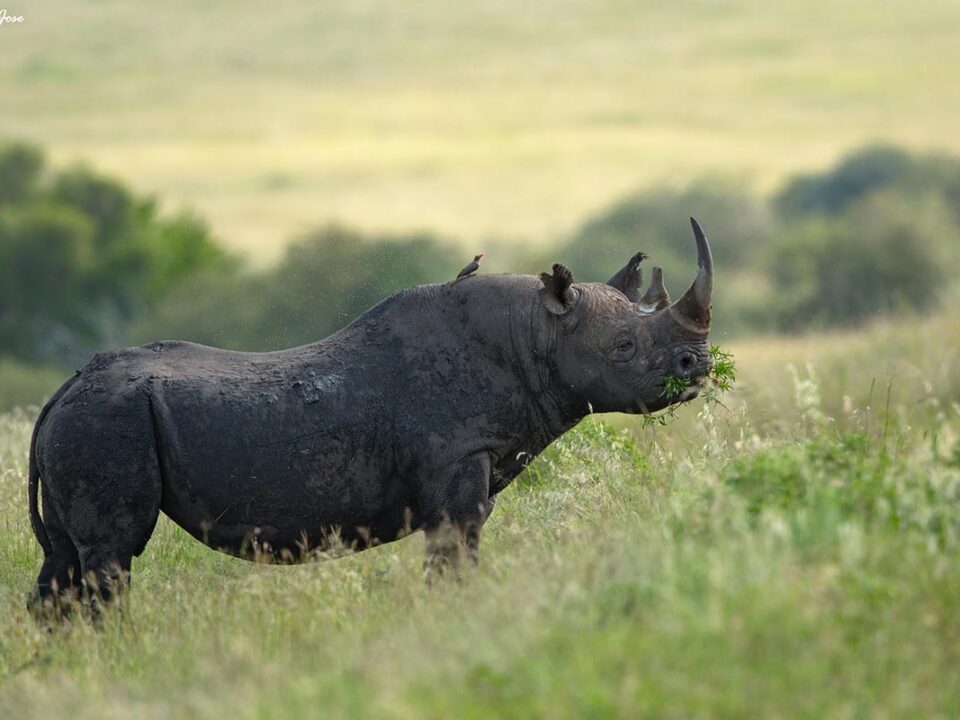Samburu National Park in Kenya

Ruma National Park in Kenya
November 17, 2023
Masai Mara National Reserve Kenya
November 17, 2023Samburu National Park Kenya – Immersive Wildlife Safaris and Discoveries
Nestled at the southeastern corner of Samburu District in Kenya’s Rift Valley Province, Samburu National Park is a captivating destination bordered to the south by the Ewaso Nyiro River, which serves as a natural divide from the Buffalo Springs National Reserve.
Birdlife/ Avian Diversity of Samburu National Park:
Samburu National Park in Kenya stands as a haven for avian enthusiasts, offering a habitat for a myriad of bird species. With over 400 recorded species, the reserve and its surroundings host resident and migrating birds, showcasing a remarkable spectrum of avian life. Among the sought-after birds are the Somali ostrich, known for its distinctive traits, along with captivating species like the White-headed mouse bird, D’Arnaud’s barbet, Somali bee-eater, Golden pipit, Donaldson’s Smith sparrow-weaver, Golden-breasted starling, and Rosy-patched bush-shrike.
Wildlife Abundance in Samburu National Park:
Renowned for its rich wildlife diversity, Samburu National Park boasts an abundance of rare northern specialist species, including the iconic Grevy Zebra, Somali Ostrich, Reticulated Giraffe, Gerenuk, and the Beisa Oryx, often referred to as the “Samburu Special.” The reserve is a sanctuary for a minimum of 900 elephants, and large predators like Lion, Leopard, and Cheetah add to its allure. A unique resident, Kamunyak the Miracle Lioness, who adapted the baby Oryx, further enhances the park’s reputation. Wild dog sightings are common, making this protected area truly exceptional. The birdlife is equally impressive, with over 450 species recorded, including globally significant species like Lesser Kestrel and the Taita Falcon. Vulnerable species, such as African Darter, Great Egret, White-headed Vulture, Martial Eagle, and the Yellow-billed Oxpecker, find refuge here, while the critically endangered Pancake tortoise is also spotted.
Accessing Samburu National Park:
Covering an extensive area of 165 km², Samburu National Park is approximately 345 km from Nairobi. It is often a fly-in destination, offering a choice of lodges ranging from family-friendly options to secluded honeymoon hideaways. Unique safari experiences, including tracking big cats on foot, camel-back safaris, and guided bush walks, add an extra layer of adventure.
Accommodations in Samburu National Park Kenya:
Several exceptional lodges cater to different preferences, ensuring a comfortable stay in the heart of Samburu National Park. Options include Sasaab Lodge, Elephant Bedroom Camp, Elephant Watch Camp, and Samburu Riverside Tented Camp.
Optimal Time to Experience Samburu National Park Kenya:
The climate in Samburu National Park features cool nights and hot, dry days. Prime seasons for game viewing are from December to March and June to October. The two rainy seasons, occurring from late March to May and November, bring lush vegetation along the Ewaso Nyiro River, attracting wildlife. The dry season, from late May to early October, concentrates wildlife near water sources.



